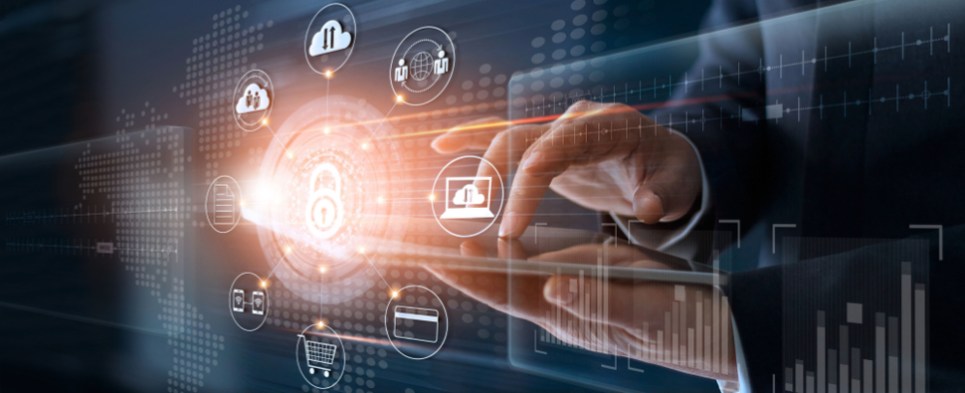It’s Time for B2B Enterprises to Accelerate Adoption of Digital Payments
Whether online or in-store, consumers today expect to be able to pay for goods and services in the manner they choose, be it credit, debit, ACH, PayPal, Venmo, etc. Consumer-facing companies have, for some time now, been investing in and integrating a wide range of payment capabilities to accommodate this expectation and provide their customers with a seamless shopping and paying experience.
Read also: B2B Payments: The Next USD 38.2 Billion Market
While the modernization of payments has progressed in the consumer arena, the speed at which B2B companies have done the same has paled by comparison, for any number of reasons.
In some cases, limitations of existing accounting systems have prevented B2B companies from migrating to electronic payments or moving away from paper checks delivered via regular mail. The perceived costs and headaches of implementing a digital payments platform have also been a contributing factor. In other cases, B2B companies have simply been reluctant to disrupt the processes to which their customers have become accustomed.
However, the dynamic in the B2B environment is changing, driven in large part by customers who are now buying online 74% of the time. As comfort levels and familiarity with digital payments have increased, B2B customers increasingly want the same touch-free payment experiences they enjoy as consumers, with multiple payment options and without having to handle money or physical checks.
Many B2B enterprises are responding to the changing environment and introducing new digital payments options. But not in all cases. Those that have been slow to adapt are not only running the risk of failing to meet customer demand for enhanced payments experiences, but they could also be missing out on some of the following broader business benefits as well:
Enhancing Business Operations and Performance
The breadth of capabilities offered by a digital payments platform extends well beyond the basics of executing a transaction. Modern, digital payments platforms also serve as an extension of existing accounting and AR systems that, depending on age, are often rigid and inflexible. Digital payments systems enable B2B companies to automate processes guided by specific rules and well-defined workflows. The ability to forecast and manage cash flow is enhanced, particularly for companies with multiple lines of business and different types of invoices going out to a wide range of customers. In summary, an enhanced payments system elevates operational performance across the business.
Elevate Customer Experience and Engagement
Payment and billing data is the oil for any company’s customer support engine, in B2B as much as B2C. When customers engage with service representatives and data is not readily available, or sitting in siloed Excel spreadsheets that are difficult to share among teams, frustration can certainly be expected. B2B companies that adopt digitized and modernized payment capabilities will also have increased internal visibility and access to information that can be acted upon, improving customer service and producing opportunities for upselling new products and services.
Reducing Inefficiencies
According to a recent survey, processing a single invoice can require the involvement of as many as 15 people doing 11 hours of work. Often, it’s the legacy accounting systems that pose hindrances, forcing accounts payable and accounting teams to spend copious amounts of time reviewing invoices, determining which ones need to be paid, implementing requests from customers, checking across CRM systems and emails, and so on. A modernized payments system reduces all those inefficiencies, allowing B2B companies to accept and process payments, follow up with customers regarding non-payments, issue refunds, and increase the speed with which outgoing invoices are paid, all while freeing employees to spend time on more substantive issues.
Across many companies, there is a tendency to keep doing things the way they have always been done. This inertia often extends into payments. However, for B2B companies, the option to leave well enough alone is quickly dwindling, especially for those with designs on selling directly to consumers. Migrating to digital payments will reduce friction across all invoicing and payment processes, increase the speed with which money is collected, and provide a measurable operational lift for the enterprise.
Author Bio
Henry Helgeson is an entrepreneur, investor, and CEO of BlueSnap, a global payment orchestration platform for leading B2B and B2C businesses.





Leave a Reply